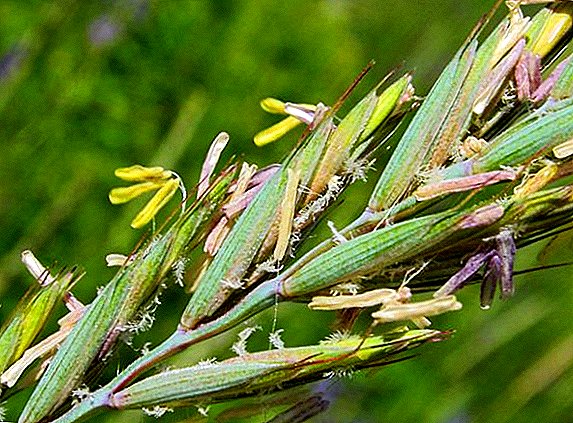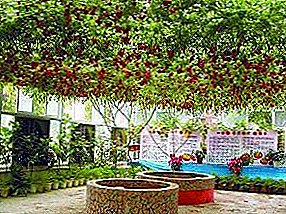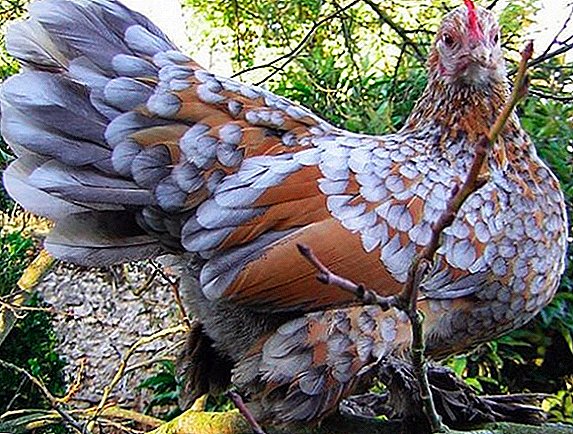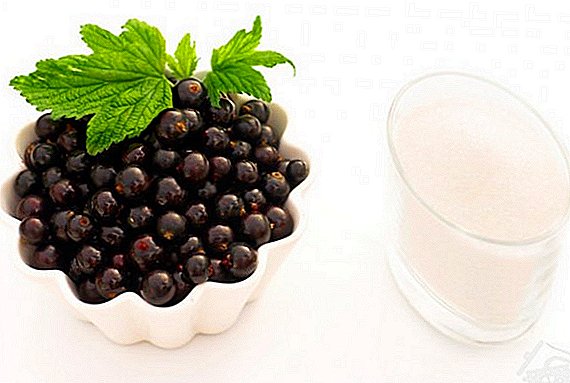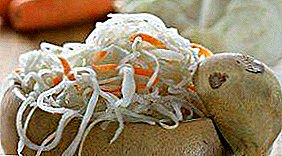
Colchian boxwood - This is a kind of flowering plants. The plant belongs to the genus Box and the Boxwood family.
According to some sources, this plant is synonymous with a species like Box Evergreen or its very close species.
general description
In vivo grows in Krasnodar region, in the basins of rivers such as White and Laba. In addition, it is found in the North-Western Caucasus and on the southern slopes of the Greater Caucasus from Tuapse, including the Mzymta river basin, and is found in Georgia and Asia Minor. Also found in Turkey.
Although boxwood resumes well, his growth rate is very low. In nature, its life span can reach 600 years. And at 200-250 years, the thickness of its trunk is about 30 cm in diameter.
Boxwood can be a both shrub and tree. The plant is evergreen. The plant reaches a height of 2 - 12 meters. Its leaves are usually bare and leathery. For the most part, they are opposite. The sheet plate is oval-lanceolate, its length is usually 1-3 cm.
Flowers usually yellow-green in color, they are collected in axillary capitate inflorescences.
The plant is listed in the Red Book of Russia due to very slow renewal. Its wood is valued for its structure.
Photo
Colchian boxwood: a photo of this type of plant.



Home care
Care after purchase
If boxwood was bought at a store, it means that it was planted in the wrong ground for it. All plants in technical conditions are planted in the most simple transport pots, in addition, the soil is not suitable for him. It often happens that a plant dies from a root injury. Therefore, it is not necessary to free the roots from the coma of the soil.
It will be optimal to cross it in a slightly larger pot. A new pot must be selected so that a finger is placed between the root ball and the edge of the pot. It is not necessary to take a very large pot, transplanting directly into a large container will have a bad effect on the plant.
Watering
Summer the plant needs abundant watering.
In winter watering should not be intense. Should be guided by weather conditions and watered as the soil dries.
Need to provide good drainage. Without it, abundant watering can cause various plant diseases.
Bloom
 Flowers are axillary spikes. They are same-sex, yellow in color, at the bottom of the ear are numerous male flowers (with stamens), and above are female flowers with pistils.
Flowers are axillary spikes. They are same-sex, yellow in color, at the bottom of the ear are numerous male flowers (with stamens), and above are female flowers with pistils.
Fetus boxwood is a triangular box. Opens such a box on the doors.
But only adult plants can please us with their flowering. The first flowering usually occurs in plants aged 20-25 years.
Crown formation
Formation of the crown is usually not difficult. It is advisable to prune in spring and summer.
Keep in mind that boxwood is growing slowly, the green mass will not grow immediately. This means that if the crown is cut off radically, its fouling will be long.
Soil
The composition of the soil has little effect on boxwood. the main thing for him is good drainage. Any fertile soil with a neutral pH (it should be close to 5.5) will do.
Usually use a mixture of 1 part of coniferous land, 2 parts of hardwood and 1 part of sand. Used vermiculite or perlite. Not bad, if the birch coal is in the soil mix.
Planting and transplanting
Transplantation is performed annually, the soil is applied for it. neutral pH. Be sure to make good drainage.
Breeding
 Reproduction occurs cuttings and seeds.
Reproduction occurs cuttings and seeds.
Cuttings
Shanks multiply boxwood problematicrooting them takes a long time and is very difficult.
If you want to propagate it by cuttings, then cut cuttings should be closer to the end of summer. You need to choose cuttings that are semi-woody at the base.
Their length should not exceed 7 cm. Cuttings should have 2-3 internodes. In order for them to take root, it is advisable to use phytohormones, such as root, heteroauxin and heated soil in the greenhouse room.
From seed
Fresh seeds that have only recently ripened, you need to soak for a day. Soak them in warm water to which a growth stimulant has been added, such as Appin or Zircon. After that, they need to expand between wet towels and wait.
After a while, white sprouts should appear. This usually happens within a month. The whole month must keep the towels moist.
If it turned out that the sprouts did not appear within 2-3 weeks, then the seeds should be placed in a cool place. Often this place is a box for vegetables in the refrigerator. After a few days, the seeds are again placed in a warm place.
After the appearance of white shoots seeds should be sown in a mixture of peat and sand (it is performed in a 1: 1 ratio). Sow the seeds should be in such a way that the shoots were sent to the soil. Capacity must be covered with glass or film. It helps create a greenhouse effect. Container with seeds must be kept in a warm place, in partial shade. Shoots usually appear within 2-3 weeks.
Immediately after the green shoots appear, the film must be removed. Next, the container should be in the penumbra.
Fertilizer seedlings held. But the consistency of fertilizer should be very weak.
Temperature
In winter, the temperature should be maintained at 12-15 C, in the summer the box can be carried out outside.
Frost this plant will not toleratetherefore, it is worthwhile to start doing this when there are no night frosts.
Benefit and harm
Undoubtedly, this beautiful plant benefits. It enriches the air with oxygen. In addition, its wood is very valuable.
Harm boxwood is that the plant is poisonous. Accordingly, it cannot be kept in places that are accessible to children and cats.
Scientific name
Buxus colchica.
Diseases and pests
 If the conditions for growth of boxwood are not favorable, then it may appear spider mite.
If the conditions for growth of boxwood are not favorable, then it may appear spider mite.
If the drainage is bad and the soil is full of moisture, it will contribute to the fact that the plant will rot the roots. But overdried air contributes to the fact that the leaves will curl and dry out.
But the most terrible pest that can start on boxwood is box fire.
Appeared fire in 2006. In 2008, it began to pose an environmental problem in some countries. This insect appeared in Russia. She was brought to Sochi for the Olympic Games in 2012. It quickly spread to Sochi and is now causing enormous damage to boxwood in Russia.
Conclusion
Boxwood can be grown both in open and in closed ground. This beautiful plant will delight you for many years. Boxwood grows slowly, so at home it will have enough space for many years.


